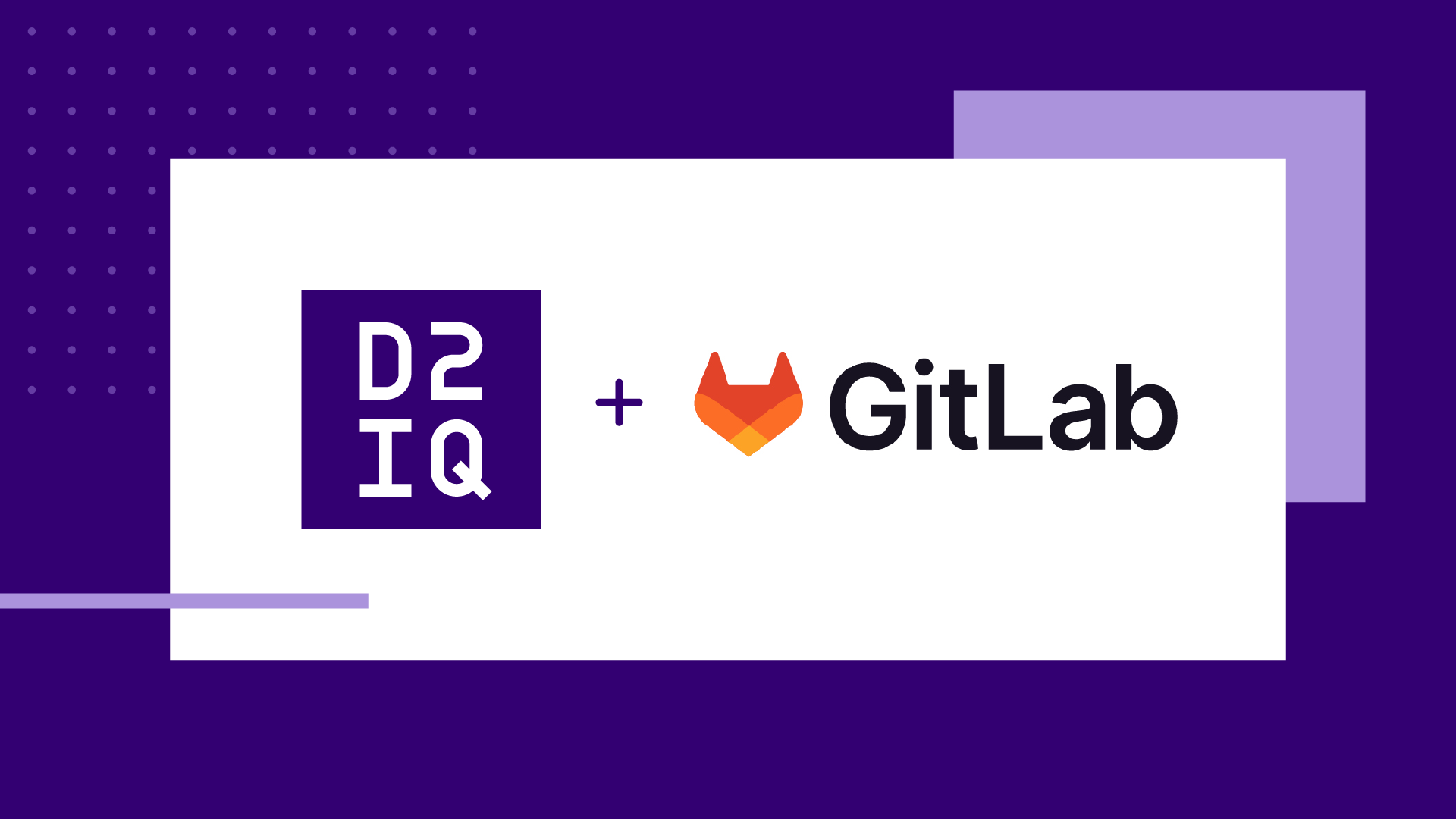What is DC/OS?
DC/OS (the datacenter operating system) is an open-source, distributed operating system based on the Apache Mesos distributed systems kernel. DC/OS manages multiple machines in the cloud or on-premises from a single interface; deploys containers, distributed services, and legacy applications into those machines; and provides networking, service discovery and resource management to keep the services running and communicating with each other.
Scylla on DC/OS
A centralized management system is often used in modern data-centers, and lately the most popular and in-demand type of such a management system is centered around running and controlling containers at scale. We have
already coveredthe aspects of
running Scylla on one such system, Kubernetes, and in this post we will cover another – DC/OS.
Being able to natively run Scylla in DC/OS will allow for simplified deployment, easy management, maintenance and troubleshooting, as well as bring the hardware and cloud instances, dedicated to running Scylla, under the same pane of glass as the rest of the DC/OS managed servers.
Since DC/OS manages containers, in order to run Scylla with its maximum performance, we will have to tune the hosts and dedicate them to Scylla containers. Scylla can have a
performance overhead if the container is not optimized, so in order to reach Scylla's peak performance, some additional steps would have to be taken:
- Host network tuning
- Host disk(s) tuning
- Pin Scylla containers to specific hosts
- Pin Scylla containers to a set of host CPU cores, after tuning
We will cover all of these steps in a demo setup, described below.
The Setup
For this test, we have built a small cluster with minimal DC/OS configuration, consisting of a single DC/OS Master node and three Agent nodes, which will be dedicated to the Scylla cluster.
The Agents are i3.16xlarge AWS EC2 instances, with the master a smaller m4 instance. Each Agent has several NVME drives, which will be gathered into a single RAID array, formatted as XFS and mounted under /scylla. Then network and disk tuning will be applied, and a list of CPU cores to be assigned to the Scylla containers will be extracted. Finally, the Scylla containers will be started, using the native, Scylla packaged docker containers from Docker Hub.
Host preparation
First we gather all the drives into a single RAID array using mdraid, format as XFS and mount under a previously created mountpoint /scylla. The common recommended mount options are noatime,nofail,defaults. Data and commitlogdirectories will also have to be created inside the /scylla mountpoint.
Since host networking will be used, we will have to open the Scylla ports in iptables or firewalld.
In order to run the tuning, we will also need to install
perftune.py and hex2list.py. Perftune is the script that takes care of network and disk tuning, reassigning of IRQs to specific CPU cores and freeing the other cores for Scylla's exclusive use. Hex2list is a script that can decode a hexadecimal listing of CPU cores perftune makes available for Scylla, into a human and docker readable form. The scripts will be installed if the Scylla packages are installed on the hosts, but it is also possible to manually install just these two scripts to save space and avoid clutter on the Agent hosts.
In order for the tuning to persist across host reboots, it is recommended to create a systemd unit that will run on host startup and re-tune the hosts.
With the service enabled and activated, tuning will be performed at the host startup every time.
In order to retrieve the CPU core list, to which the Scylla container will be pinned, the following command needs to be run:
perftune.py --nic ens3 --mode sq_split --tune net --get-cpu-mask|hex2list.py
On our i3.16xlarge instances, the result was "1-31,33-63" – that is 62 cores from 0 to 63, with cores 0 and 32 excluded (these will be dedicated to networking operations).
Running Scylla containers in DC/OS
At this point we have 3 Agent nodes, tuned and with a prepared mountpoint, ready to run our Scylla containers.
Let us create the first Scylla node:
In DC/OS UI (or CLI), we created a new service which will run on host 10.0.0.46 using the following JSON:
{
"id": "/scylla001",
# arguments DC/OS will pass to the docker runtime, here we pass all the
"args": [
# --overprovisioned=0 tells the container to adhere to the strict resource
# allocation, because no other containers will be running on this host
"--overprovisioned",
"0",
# seeds is where the IPs of hosts running the seed Scylla nodes are provided.
# Since this is the first node, we will specify it as seed for itself. For
# subsequent nodes, we will provide this node's IP (or IPs or other already
# running nodes)
"--seeds",
"10.0.0.46",
# broadcast-address, broadcast-rpc-address, listen-address - all of these
# should be set to the hosts' IP address, because otherwise Scylla will
# pick up the docker-internal IP (172.17.0.2 etc) and will not be available
# outside the container
"--broadcast-address",
"10.0.0.46",
"--broadcast-rpc-address",
"10.0.0.46",
"--listen-address",
"10.0.0.46",
# cpuset is where we provide the CPU core list extracted earlier, when tuning
# the hosts, for Scylla to attach to the correct set of CPU cores
"--cpuset",
"1-31,33-63"
],
# constraints is where we ensure this instance of Scylla is only run on this
# but in our example, the basic IS rule ensures each of our Scylla nodes is
# running on a separate host, dedicated to it.
"constraints": [
[
"hostname",
"IS",
"10.0.0.46"
]
],
"container": {
"type": "DOCKER",
# Docker volumes is where the mapping of the previously prepared /scylla
# mountpoint gets mapped to the container's /var/lib/scylla/
"volumes": [
{
"containerPath": "/var/lib/scylla/",
"hostPath": "/scylla/",
"mode": "RW"
}
],
# Docker image points to the upstream Docker Hub Scylla container image to
# download and use. Since no tags are used, just like with docker pull, we
# get the latest official image
"docker": {
"image": "scylladb/scylla",
"forcePullImage": true,
"privileged": false,
"parameters": []
}
},
# Cpus is the core count to be assigned to the container as DC/OS sees it, and
# as has been explained above, Scylla gets access to 62 cores out of 64,
# after tuning the host.
"cpus": 62,
"instances": 1,
# Mem is the memory allocation in GiB, the number is slightly lower than what
# the EC2 i3.16xlarge provide, leaving some for the host OS to use.
"mem": 485000,
# Here we set the container to use host mode, as per docker best practices. "networks": [
{
"mode": "host"
}
],
# portDefinitions is where the ports mapped between the container and host
# are defined.
"portDefinitions": [
{
"protocol": "tcp",
"port": 9042
},
{
"protocol": "tcp",
"port": 9160
},
{
"protocol": "tcp",
"port": 7000
},
{
"protocol": "tcp",
"port": 7001
},
{
"protocol": "tcp",
"port": 10000
}
]
}
When this container starts, we will see a docker container running the latest official Scylla image running on host 10.0.0.46.
With our first Scylla node up and running, we can start two more services (scylla002 and scylla003), only changing their ID and IPs defined in broadcast-address, broadcast-rpc-address, listen-address and constraints, leaving the seeds setting at the IP of the first node.
A few minutes later we have a running 3 node Scylla cluster:
Checking the cluster performance
In order to make sure we are operating with enhanced performance and the Scylla containers are not experiencing costly overhead penalties due to being run in containers, we have started eight loaders running cassandra-stress, doing a simple quick write load that should stay mostly in memory, as follows:
cassandra-stress write \
no-warmup \
cl=QUORUM \
duration=100m \
-col 'size=EXTREME(1..1024,2) n=FIXED(1)' \
-mode cql3 native connectionsPerHost=16 \
-rate 'threads=400 limit=150000/s' \
-errors ignore \
-pop 'dist=gauss(1..1000000000,500000000,5000000)' \
-node $NODES
As expected, at 80% load, the cluster is well capable of sustaining over 1.3 million ops per second:
Day 2 operations
While deploying a cluster and running a stress test is an important step, it is even more important to consider how one would deal with the common day-to-day tasks of an operator managing Scylla on top of DC/OS. Here are a few common tasks explained:
- Cqlsh queries against the cluster: these can be run normally, just like when Scylla is deployed on bare-metal, using the host IPs.Using our existing cluster, a typical command would be: CQLSH_HOST=10.0.0.46 cqlsh
- Nodetool commands: these can be run while logged into any of the Scylla containers interactively or from a remote host (if the JMX API ports are exposed in portDefinitions and nodetool is preconfigured to listen on the host IP address).
- Monitoring: we recommend using Scylla's own monitoring, based on Prometheus and Grafana. These can be pointed at the host IPs in order to monitor all aspects of the Scylla instances.
- If an Agent host in the cluster goes down: if the host can be brought back up again, simply restart the service in DC/OS. Since it is pinned to the host, it will start up on the same host again, using the same mountpoint and thus the same data.
- If the host cannot be restored, delete the DC/OS service, provision a new host, add it to DC/OS as an Agent, tune and create a new Scylla service, pointing at an existing node IP as a seed.
- If all the Agents go down: the services in DC/OS can be started (manually or automatically, depending on their configuration) once the Agent hosts are online. Since the Scylla mountpoint contains the data, and the host auto-tunes itself on startup, nothing else will need to be done.
- Scaling the Scylla cluster: provision a new host, tune it, and create a new Scylla service pointing at an existing node IP as a seed. This process can be easily automated.
Next Steps
- Learn more about Scylla from our product page.
- See what our users are saying about Scylla.
- Download Scylla. Check out our download page to run Scylla on AWS, install it locally in a Virtual Machine, or run it in Docker.
- Take Scylla for a Test drive. Our Test Drive lets you quickly spin-up a running cluster of Scylla so you can see for yourself how it performs.
References













